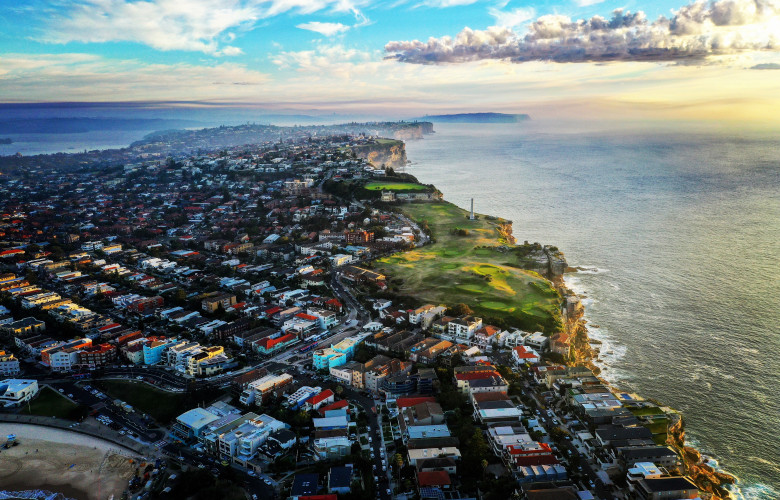John McGrath – Price growth continues but pace slows
Contact
John McGrath – Price growth continues but pace slows
The market remains strong, however there are signs that suggest we may be passed the peak, according to John McGrath founder and executive director of McGrath Estate Agents.
April was the sixth consecutive month in which home values grew in every capital city and across the regions of Australia. There’s no doubt the market remains strong, however we are starting to see the very early signs that it might be moving through its frenzied peak now.
In property, price growth hinges on supply and demand. In the first quarter, we saw exceptionally strong demand and very low stock overall. Supply/demand was strongly in vendors’ favour.
In March, there was a small lift in new stock but it didn’t hinder growth rates. Then came a surge in April, with 40,630 new homes put up for sale as more vendors decided to take advantage of the market. This pushed new listing numbers to 14% above the five year average, up from 3% in March.
As a result, the pace of price growth moderated a little. Let’s take a look at CoreLogic’s new data.
East Coast median dwelling values – pace of growth in the capitals
- Sydney – 2.4% in April compared to 3.7% in March and 2.5% in February
- Melbourne – 1.3% in April compared to 2.4% in March and 2.1% in February
- Brisbane – 1.7% in April compared to 2.4% in March and 1.5% in February
- Canberra – 1.9% in April compared to 2.8% in March and 1.9% in February
East Coast median dwelling values – pace of growth in the regionals
- Regional NSW – 2.2% in April compared to 2.8% in March and 2.2% in February
- Regional Victoria – 1.8% in April compared to 2.6% in March and 2.6% in February
- Regional Queensland – 1.9% in April compared to 2.3% in March and 1.9% in February
Sellers should know that the market is still hot. You can expect to sell strongly for a while yet due to high buyer demand. Just take a look at the new lending figures from the Australian Bureau of Statistics. Yet another record high month with $30.2 billion in new loans for residential homes in March.
The greatest pockets of strength in the market continue to be houses in the middle and outer rings of our major cities and regional areas due to families upgrading for more space and moving away from capital city CBDs; as well as prestige homes in blue chip areas due to returning ex-pat demand.
First home buyers are still active and seeking affordable houses, good quality apartments and renovator homes. There are also signs that investors are coming back, with the value of new loans for investors in March up 12.7% to $7.8 billion, which is the largest monthly rise since July 2003.
If you’re thinking of selling, you should remain confident in today’s market, however you might see a small drop-off in the number of people competing at auctions soon. So, don’t wait too long to list if your main motivation to sell is the opportunity to maximise capital gains.
The market won’t stay this strong forever and we do have some headwinds coming, such as negative population growth for the first time since 1916. This hasn’t affected the market as a whole yet, as returning ex-pats have more than made up for the loss in migration at this stage. But the longer it takes for the world to be vaccinated, the longer it will take for migration in Australia to resume.
Looking ahead, I don’t see the intensity and same trajectory or growth we have seen continuing for the rest of the calendar year. I think we will see more measured growth. I could see single-digit growth of between 5-9% for the remainder of this calendar year.
At the end, I think we’ll find buyers get to a point when they get fatigued, they stop turning up in the same numbers to auctions. That generally calms the market down a tad and I suspect at the end of this market cycle we’ll probably see a similar thing.
The views expressed in this article are an opinion only and readers should rely on their independent advice in relation to such matters.
For more information including articles, checklists, guides and more visit McGrath’s Insights Centre.
Similar to this:
John McGrath – Why 3 in 10 homes are selling pre-auction & how to buy this way
John McGrath – Houses are booming but apartments offer value
John McGrath – Positive cash flow investing widely available





